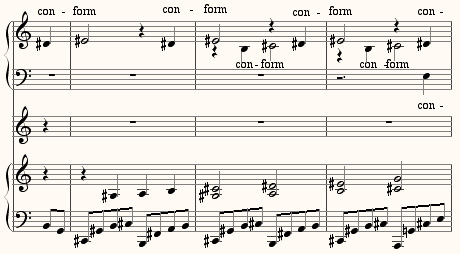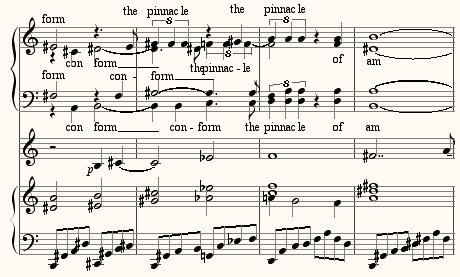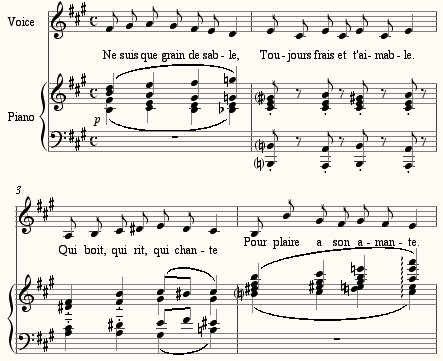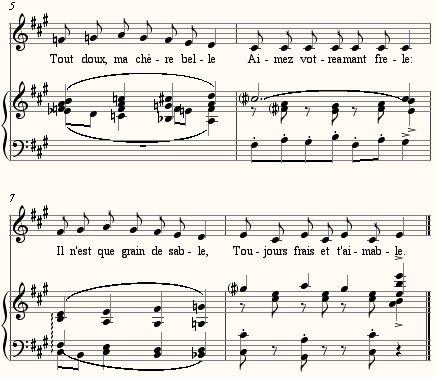We’re having a pretty tedious reversion war over at Wikipedia vis-a-vis the Nancarrow article. I refer to Nancarrow as an American composer who moved to Mexico. I would be happy to call him an “American-born and -trained composer who took Mexican citizenship.” But a couple of guys, including Conlon’s late-life assistant Carlos Sandoval, insist that he must be referred to as a “Mexican composer.” I find this misleading, cognitively dissonant. Nancarrow did take Mexican citizenship in 1955, but he had few friends among Mexican composers, who were more oriented toward European than American music. I once asked him if his music had been in any way influenced by Mexican music or culture, and his characteristically laconic response was a flat “no.” Conlon spent his life working out ideas he had found in Cowell’s New Musical Resources, and he was championed and lionized by American composers (Carter, Cage, Garland, Amirkhanian, Reynolds, Mumma) long before the Europeans discovered him; his tiny influence on Mexican music has been mostly posthumous (one might cite the Microritmia duo).
This is a trivial fight, surely. But can you feel comfortable talking about “Alfred Hitchcock, American film director”? “Isang Yun, German composer”? “T.S. Eliot, British poet”? “Igor Stravinsky and Arnold Schoenberg, American composers”? Is an artist’s country of upbringing and training, the crucible in which his artistic vision was formed, to be so lightly cast aside because, for whatever political or personal reasons, he later in life had to live somewhere else?




